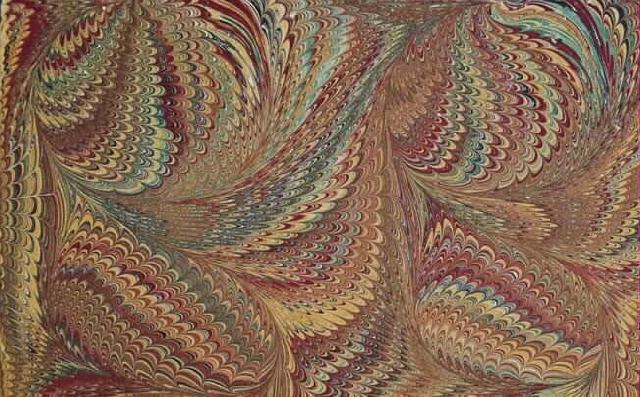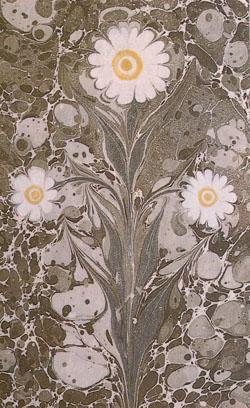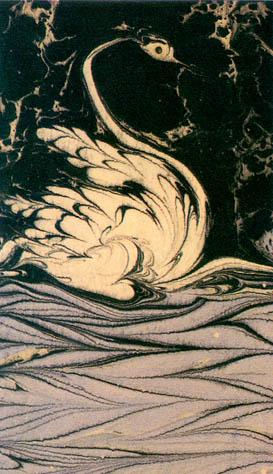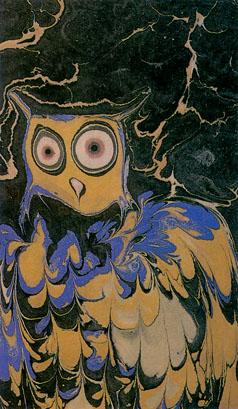Monday, October 22, 2007
Anassuwandi Hj. Ahmad

Thursday, October 18, 2007
Dato Ibrahim Hussein
To me, painting is like praying. When I paint, I am dealing with my heart, my work and God. There is deep joy and gratitude. Each piece frames a moment in my life. ~Dato Ibrahim Hussein
Wednesday, October 17, 2007
Tuesday, October 16, 2007
Lomography


Lomo, or lomography (shooting with cheap snapshot cameras) is known for its dreamlike, aesthetis, with optical distortion, supersaturated colors, exaggerated vignetting, streaks from light leaks, and unpredictable outcomes.

Upin & Ipin - A Review
 This has got to be the best local 3d animation series I’ve ever seen on Malaysian television. They have definitely set the bar high for the local production companies. Produced by Les' Copaque Production, it is a fully 3d animated series starring twins Upin & Ipin (voiced by Nur Fathiah Bt. Diaz) who begin the story by sharing their first Ramadhan experience.
This has got to be the best local 3d animation series I’ve ever seen on Malaysian television. They have definitely set the bar high for the local production companies. Produced by Les' Copaque Production, it is a fully 3d animated series starring twins Upin & Ipin (voiced by Nur Fathiah Bt. Diaz) who begin the story by sharing their first Ramadhan experience.The character design is quite simple but very original. It is obvious the animators spend a lot of time refining the characters as they are believable and full of characteristics that Malaysians can identify with. Details like the slight nuances the characters make right down to the kind of fabric. The voice actors too give as much life to the characters as with the animators. The characters in Upin & Ipin give a lasting impression throughout the episodes. The neighbourhood kids Rajoo (Kannan A/L Rajan) and Mei Mei(Yap Ee Jean). I'm sure most of you have encountered kids like Mei Mei and Rajoo while growing up in
Although the characters are simple in design, the environment is so rich in detail right down to the door hinges, plants, textile’s design, kid’s drawings on the wall and even the tudung saji (the thing to cover food).Anyone in Malaysia will tell you how reminiscent the environment is of a typical Malay kampung (village).
What I am most impressed with is how educational and rich in culture the storyline is. It teaches you Malaysian culture and also the teachings of Islam. It has a very Malaysian sense of humour that may appeal to international viewers as well.
The one thing that they could improve on is the sound design. Not that it is bad or anything but they could add a bit more detail or get rid of the popping and hissing sounds produced by speaking too close to the microphone. It is not that obvious but it is there. I'm just looking for something to complain about because it's just too awesome!
The series is addictive and fun for the whole family to watch. This series will pave the way for many generations of great Malaysian 3d animators to come. Finally a Malaysian 3d company I can be proud of.
Upin & Ipin Trailer
Upin & Ipin : Episod 1 - Esok Puasa
Upin & Ipin : Episod 2 - Dugaan
Upin & Ipin : Episod 3 - Nikmat
Upin & Ipin : Episod 4 - Terawih
Upin & Ipin : Episod 5 - Esok Raya
Upin & Ipin ; Episod 6 - Hari Raya
Les' Copaque Production website
The Official Production Blog
Wednesday, October 3, 2007
Turkish Islamic Art of Marbling




The word marbling is in Turkish EBRU (cloud, cloudy) or abru (Water face) (En Français. It is derived from the word ebre which belongs to one of the older Central Asian languages and it means the "moiré, veined fabric, paper etc..." used for covering some manuscripts and other holy books. Its origin might ultimately hark back to China, where a document from the T'ang dynasty (618-907) mentions a process of coloring paper on water with five hues. Through the Silk Road this art came first to Iran and picked up the name Ebru. Subsequently this art moved towards Anatolia. Specimens of marbled paper in the Turkish museum and private collections date back as far as the 15th century but unfortunately there is no evidence to show at what date the art of marbling paper first appeared in Anatolia. Around the end of 16th century tradesmen, diplomats and travelers coming to Anatolia brought this art to Europe and after the 1550s, booklovers in Europe prized Ebru which came to be known as "Turkish Paper Turkish marbled paper making". After then it was broadly used in Italy, Germany, France and England.
There is agreement amongst scholars that the so-called Turkish Papers has a colourful influence on the book arts of Europe. In the early examples from the 16th century in the Ottoman-Turkish era, Ebru appears in the battal (large) form, namely without any manipulation. Ebru technique consists of sprinkling colors containing a few drops of ox-gall on to the surface of the bath of water mixed with with kitre (gum tragacanth) in a trough. By carefully laying the paper over the bath, the floating picture on top of it is readily transferred to the paper thus, each Ebru is a unique print. To obtain beautiful Ebru results, one needs to have a light hand, refined taste and an open mind to the unexpected patterns forming on the water. Patience and a good knowledge of traditional culture are characteristic of Ebru masters. Since the art of marbling had a significant importance in Islamic art, it is essential to recall the basic principles of Islamic art in order to have a better and closer look at marbling and thereby reach a deeper understanding. Ottomans tried to express the beauty of the divine in all branches of art. We see them seeking to illustrate mystical beauties in architecture, music and ornamental art. During the 14th to 19th centuries many religious schools, especially Sufi sects, became a kind of "Art Workshop" educating students by a master to apprentice method. Due to the modesty encouraged by dervish precepts many works of art even had no signature on them.
500 Years of Female Portraits in Western Art
 Amalie von Schintling (1831)
Amalie von Schintling (1831)
Artist: Joseph Karl Stieler Portrait of the Actress Jeanne Samary (1878)
Portrait of the Actress Jeanne Samary (1878)
Artist: Pierre Auguste Renoir Woman with a Hat (1905)
Woman with a Hat (1905)
Artist: Henri Matisse Portrait of Françoise (1946)
Portrait of Françoise (1946)
Artist: Pablo Picasso
 Head Bombarded with Grains of Wheat (1954)
Head Bombarded with Grains of Wheat (1954)
Artist: Salvador Dali
This amazing video shows 90 art masterpieces from the second half of the 12th century until 1946.
This video features paintings by Leonardo da Vinci, Rafael, Sandro Botticelli, Titian (Tiziano Vecellio), Giovanni Antonio Boltraffio, Giovanni Bellini, Pietro Perugino, Antonello da Messina, Albrecht Dürer, Lucas Cranach the Elder, Hans Memling, Hans Holbein the Younger, Sir Joshua Reynolds, Pierre Gobert, Caspar Netscher, Pierre Mignard, Jean-Marc Nattier, Fyodor Rokotov, Peter Paul Rubens, El Greco, Franz Xaver Winterhalter, Alexei Vasilievich Tyranov, Vladimir Lukich Borovikovsky, Alexey Gavrilovich Venetsianov, Antoine-Jean Gros, Joseph Karl Stieler, Orest Adamovich Kiprensky, Jean-Baptiste-Camille Corot, Edouard Manet, Henri Fantin-Latour, Alexei Vasilievich Tyranov, Jean Auguste Dominique Ingres, Pierre Auguste Renoir, Mary Cassatt, Alphonse Maria Mucha, John Everett Millais, Paul Gauguin, Henri Matisse, Gustav Klimt, Rene Magritte, Amedeo Modigliani, Salvador Dali, Pablo Picasso, and more.Why Art is important
Anna Hammond
Deputy Director for Education, Programs, and Public Affairs, Yale










